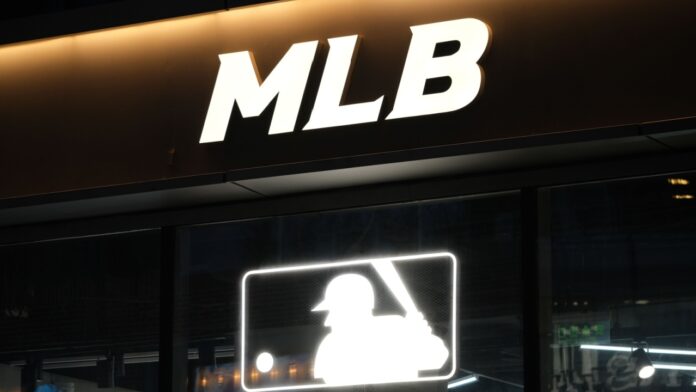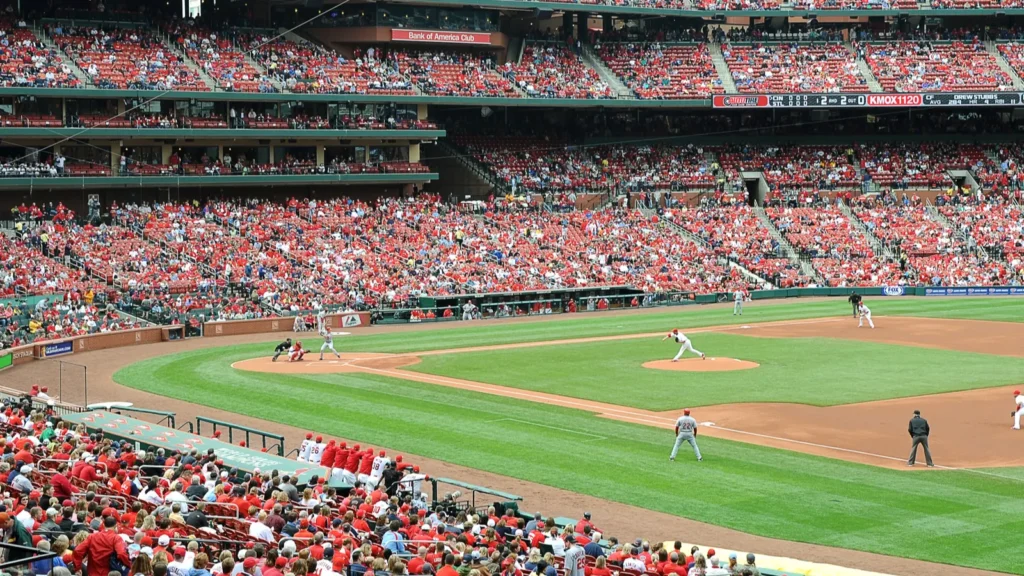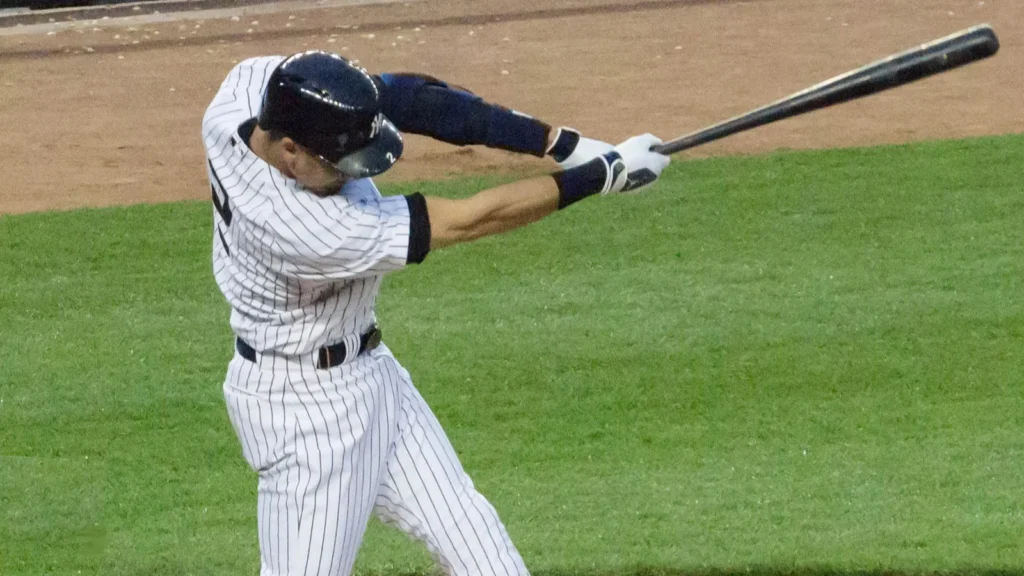
Baseball is a game of angles, timing, and matchups.
Few matchups are as tricky as those involving left-handed pitchers. These “southpaws” bring a rare look, unique pitch movement, and strategic advantages that can change the outcome of a game. Over the years, left-handed pitchers in Major League Baseball have become one of the sport’s most unpredictable and valuable forces.
From controlling baserunners to confusing hitters with unusual pitch angles, left-handed pitchers have shaped strategies, rotations, and bullpens for decades. In this article, we will explore why lefties matter so much, what gives them an edge, and how they have influenced the game at its highest level.

The Scarcity and Rarity Advantage
Why Left-Handed Pitchers Are Valuable
Left-handed pitchers are relatively rare compared to the general population. Only about 10 percent of people throw left-handed, which means most hitters are less familiar with them. In Major League Baseball, left-handed pitchers are overrepresented compared to the general population, but they are still fewer than right-handers. This rarity makes them highly valuable to teams.
Because hitters face lefties less often, they have to adjust to different pitch angles and movements. The unusual delivery can make it harder for batters to read pitches and square the ball. This unfamiliarity is a major reason why left-handed pitchers often create strategic advantages, especially in critical moments of a game.
The Surprise Factor
Most batters are used to facing right-handed pitchers. When they face a left-handed pitcher, the ball comes from a different angle, the spin and movement look different, and the timing can feel slightly off. This “surprise factor” can make it harder for hitters to make solid contact.
Left-handed pitchers can exploit this by using pitches that break away from right-handed hitters or by hiding the ball better during their windup. Even subtle differences in arm angle or release point can make a big difference over the course of a game or season.
High Demand for Top Left-Handed Pitchers
Because left-handed pitchers are less common, teams often prize them more than right-handers. A skilled left-handed pitcher can serve as a dominant starter or a high-leverage reliever. These pitchers are often called upon to neutralize dangerous hitters or to shut down key innings.
Teams recognize that a strong lefty can influence lineups and shift game strategy. Having a left-handed ace or reliever provides flexibility in rotations and bullpens, giving managers options that right-handed pitchers cannot always provide.
Platoon Dynamics and Matchup Power
How Matchups Work
In baseball, the term “platoon” refers to the performance difference when hitters face pitchers of the same or opposite handedness. Right-handed hitters tend to perform better against left-handed pitchers, while left-handed hitters often struggle.
However, left-handed pitchers do not always enjoy a consistent platoon advantage. In fact, data shows that lefties sometimes face a “platoon penalty” because they often face opposite-handed hitters. Despite this, when they are matched properly against same-handed hitters, they can be extremely effective and difficult to hit.

Strengths Against Left-Handed Batters
Left-handed pitchers are especially tough on left-handed hitters. Their breaking pitches, like curveballs and sliders, often move away from same-handed batters, making solid contact more difficult. Combined with the relative rarity of lefties, this movement creates a challenge for hitters who are not used to facing them regularly.
Left-handed pitchers also tend to have unique spin and angle on fastballs that make it harder for left-handed batters to predict pitch location. Even slight differences in delivery or wrist angle can disrupt timing and lead to weak contact or strikeouts.
Strategic Bullpen Use
Managers often bring in left-handed pitchers to face certain hitters or exploit left-handed-heavy innings. These matchups are carefully planned in both starting rotations and bullpens.
In modern baseball, left-handed pitchers are used in high-leverage situations to face the toughest batters on the opposing team. Teams can deploy them strategically to get key outs, protect leads, or disrupt a batting lineup’s rhythm. This flexibility makes lefties extremely valuable as tactical pieces.
Modern Trends That Favor Left-Handed Pitchers
Record-Breaking Performance
In recent seasons, left-handed pitchers have posted impressive numbers. Their strikeout-to-walk ratios have improved, showing that they are not only harder to hit but also more controlled. Many lefties now combine dominance with precision, allowing them to limit free passes and generate outs efficiently.
For example, several left-handed starters have posted historically low earned run averages in 2025. This trend demonstrates that lefties are thriving in the modern game, performing better than right-handed counterparts in some key metrics.
Increasing Velocity
Left-handed pitchers have grown stronger and faster over the years. Their average fastball velocity has increased, allowing them to compete physically with right-handers as well as tactically.
This rise in speed, combined with movement and spin, makes left-handed pitchers more versatile and dangerous. Modern training, conditioning, and mechanics have contributed to this trend, giving southpaws a stronger chance to dominate hitters across the lineup.
Bullpen Depth and Rotation Flexibility
Teams now build bullpens with multiple left-handed pitchers. This allows managers to deploy them in key situations against both left- and right-handed hitters.
Elite lefty starters are also more common in modern MLB. Having multiple top-tier left-handed pitchers provides teams with flexibility in rotation, allows for creative matchup strategies, and keeps opposing hitters guessing throughout a series.

Additional Strategic Advantages
Pickoff and Baserunner Control
Left-handed pitchers have a natural advantage when it comes to holding runners on first base. Their stance and body orientation make it easier to throw to first and catch baserunners attempting to steal.
This advantage is subtle but significant. It allows teams to prevent stolen bases and control the running game, adding another layer to the strategic value of left-handed pitchers.
Versatility in the Game
Left-handed pitchers are not only effective specialists. They can lead rotations, pitch deep into games, and dominate for years. Their ability to perform in multiple roles, from starter to reliever, adds depth to a team’s pitching staff and opens up more strategic options for managers.
Legendary Left-Handed Pitchers and Their Impact
Lefty Grove
Lefty Grove is one of the greatest pitchers in history. He had an extremely high winning percentage and dominated hitters with a career ERA that was remarkably low for his era.
Steve Carlton
Carlton won multiple Cy Young Awards and was one of the most dominant left-handed pitchers of his time. His ability to strike out batters and control games made him a legend in MLB history.
CC Sabathia
Sabathia was a modern lefty ace who pitched enormous innings while maintaining strong strikeout numbers. He was a workhorse and a consistent leader on his teams, proving that left-handed pitchers can succeed over long careers.
These examples show that left-handed pitchers can be specialists, rotation leaders, and iconic players who shape baseball for years. Their influence goes beyond single games, affecting strategy and the way teams are built.
Frequently Asked Questions
Why do batters struggle more against left-handed pitchers?
Batters face left-handed pitchers less often, which makes timing and pitch recognition more difficult. Left-handed pitches also move in ways that are challenging for right-handed hitters.
Do left-handed pitchers always have the platoon advantage?
Not always. Lefties sometimes face a “platoon penalty” because they often go against opposite-handed hitters. But when matched properly, they can be extremely effective.
Why are teams using more left-handed relievers now?
Bullpen strategy has evolved. Teams value lefties who can pitch in key moments against both left- and right-handed hitters. Multiple lefties also give managers flexibility and matchup options.
Are left-handed pitchers smarter or more natural because of their handedness?
Success is not due to intelligence. Lefties succeed because of rarity, pitch movement, angles, velocity, and how hitters struggle to adjust.
Has the value of left-handed pitchers changed recently?
Yes. In recent years, lefties have posted historically strong numbers in ERA, strikeouts, and control metrics. Teams are investing more in lefties as starters and relievers.
Conclusion
- Left-handed pitchers are valuable because they are less common, and hitters see them less often.
- Their unique angles, pitch movement, and timing differences create strategic advantages.
- Modern trends show that lefties are throwing harder, striking out more, and performing better than ever.
- Left-handed pitchers have a natural advantage in controlling baserunners and preventing stolen bases.
- Managers use lefties to gain matchup advantages in starting rotations and bullpens.
- Legendary left-handed pitchers demonstrate that southpaws can dominate, lead teams, and become icons.
- Overall, left-handed pitchers remain one of MLB’s biggest X-factors, making the game more tactical, balanced, and exciting.
Read More
- The Importance of Clubhouse Leaders in MLB Success
- How Minor League Life Shapes MLB Stars
- Legendary MLB Contracts That Changed the League
This article was made with AI assistance and human editing.



